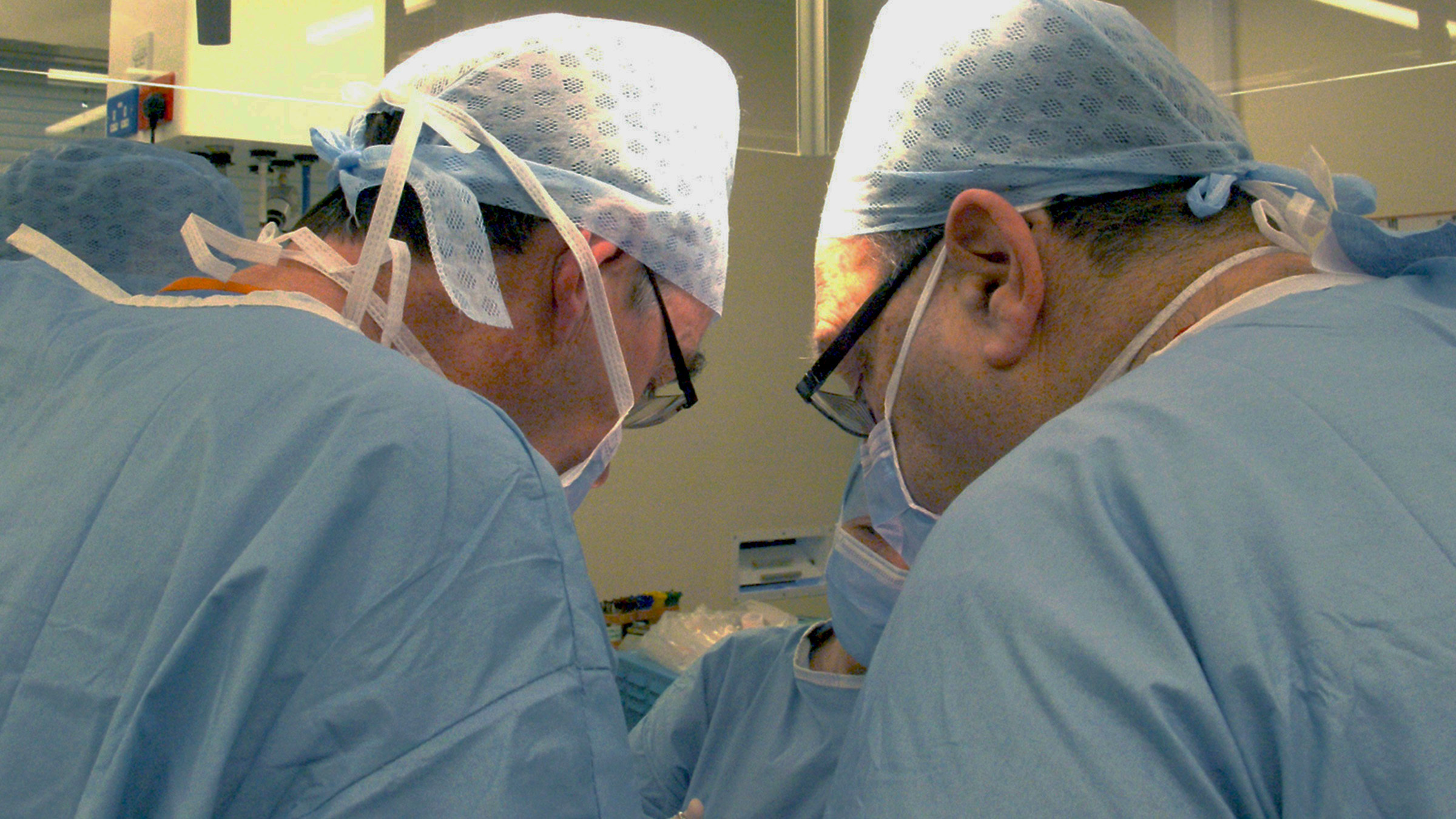How great service design in the NHS develops world-changing services
When applied to any industry, service design - which, in this case, is intrinsically linked with ‘product design’ - can help forge better experiences and solutions for users; nowhere is this more critical than within the NHS.
Inside the behemoth of UK healthcare, teams of dedicated service designers work diligently on the digital experience users face when interacting with the NHS. But, at PDR, we want to look beyond the screen and into the operating theatres; the clinic rooms; the engine rooms of the most powerful organisation in Britain.
To explore the subject further, we spoke to Professor Dominic Eggbeer, Professor of Healthcare Applications of Design, to find out how great service design in the NHS can make a critical difference.
The end goal? Leveraging patient benefit
Great service design is important for a few core reasons. Dom states, “Three of these would be being able to develop new services for patients, creating an economic advantage within healthcare and producing a benefit for service efficiency.”
Ultimately, the end goal is always to improve patient experiences within the NHS - or any healthcare provider.
And even though we’re talking about a huge organisation, the requirement for thorough user research prior to service design is as integral as ever. “If you’re trying to create a new service or a new way of using technologies and design, any user research must involve people ‘at the coalface’; those delivering the healthcare and services for patients.
“You also need the decision makers who know the context of what’s being innovated and why. Working with the two ends of the spectrum is how you get the support to introduce something new.”
The challenges facing new service design
“It’s important to consider healthcare economics,” says Dom. “You need evidence that what you’re doing with service innovation is going to have a tangible benefit - because ultimately it needs to demonstrate value for money."
In the past there has been a tendency towards technological innovation within healthcare services; whilst this is still important, service design offers a way to develop non-technological innovations based on the needs of patients.
Service design offers a way to develop non-technological innovations based on the needs of patients.
Dominic Eggbeer | PROF. OF HEALTHCARE APPLICATIONS OF DESIGN | PDR
It’s also important for everyone to understand what innovation actually is. “Take 3D printing as an example. Everyone gets incredibly excited, and understandably so, because it’s a solid way to show innovation - but we need to consider how this might actually improve services.
“We don’t want to be in a situation where a healthcare service invests in a new technology without exploring how it offers a better solution in practice. Again, it comes back to measurable benefit. How does it make people’s lives better? How does it improve efficiency? How does it offer value for money? This prudent healthcare principled approach is something the Welsh Government has rightly championed for a few years now.”
The proof is in the project
A great example of improved service design lies in a project we developed using post-mastectomy custom breast prosthetics1. These offer an alternative to reconstructive surgery - but often didn’t meet wearer’s needs in comfort or looks since they were ‘off the shelf’ solutions.
The PDR-SPD team worked at length with women going through this experience in partnership with Tenovus Cancer Care, to better understand the improvements needed during the process.
“As was rightly pointed out at the time, if you lose a leg, you’ll get a state-of-the-art replacement with thousands of pounds spent on you. Yet as a woman, you have a breast removed and you do not have reconstructive surgery, you’re offered a non-custom, low value solution.”
This is a truly great example of new service design making life-changing benefits to patients.
Dominic Eggbeer | PROF. OF HEALTHCARE APPLICATIONS OF DESIGN | PDR
So, there was a critical need to improve this service. “To do that, we created ways of using digital technologies to make better prostheses, using 3D scans of the person’s torso to work from - the idea being that the prostheses rests against the anatomy much more closely, making it more stable and blend in. From this, mould tools and a custom soft silicone prosthesis is made.”
This innovative practice has now been introduced by Morriston Hospital in Swansea as a new service. And while it may have started in Swansea, it’s going worldwide; it’s currently in development with our partners in India who hope to take the service and offer it to women there.
“They’re now looking to develop a custom prosthesis service together with a programme of teaching good breast examination in the public health service in the UP region. We’re working with them on a small-scale project to create breast examination training models in local, low-cost materials, then comparing the effectiveness of training with higher fidelity models.”
“It’s a small thing,” says Dom, “but it needs to be much more widely available. And it’s Covid-proof; when surgical reconstructions were cancelled in the UK, women could instead benefit from custom prosthetics. This is a truly great example of new service design making life-changing benefits to patients.”
Next steps
Find out how you can improve your public sector organisation’s services - contact us to arrange a discussion or discover our recent service design projects.
1Eggbeer D., Evans P. (2011) Computer-aided methods in bespoke breast prosthesis design and fabrication. Proceedings of the Institution of Mechanical Engineers, Part H, Journal of Engineering in Medicine. 225(1): 94-99.

